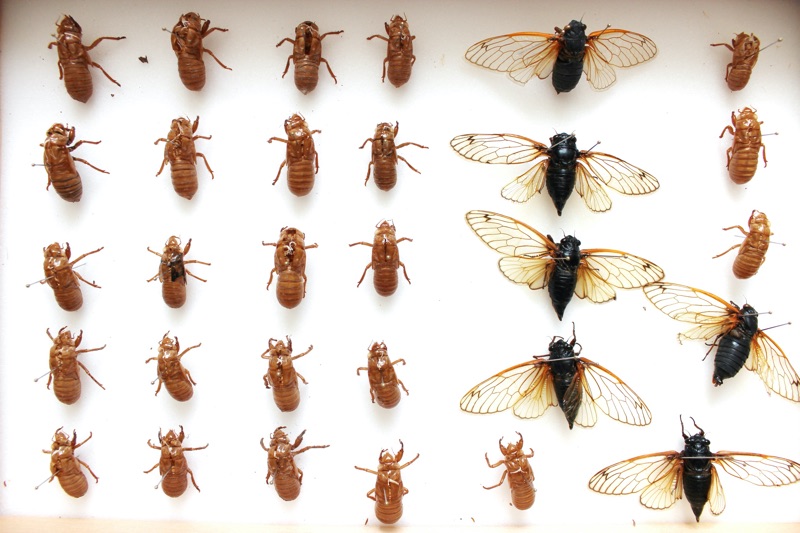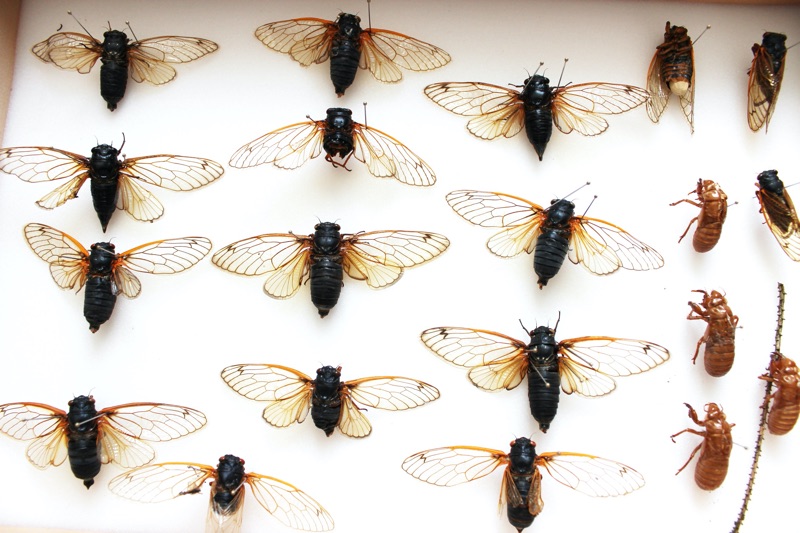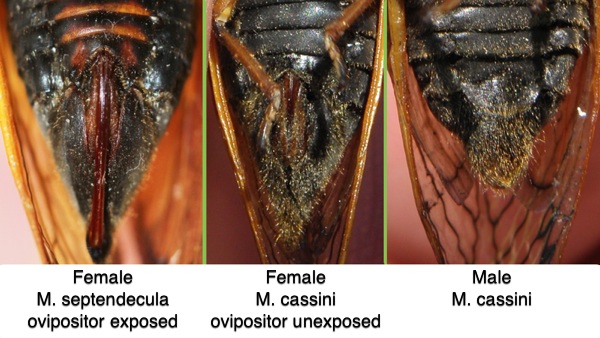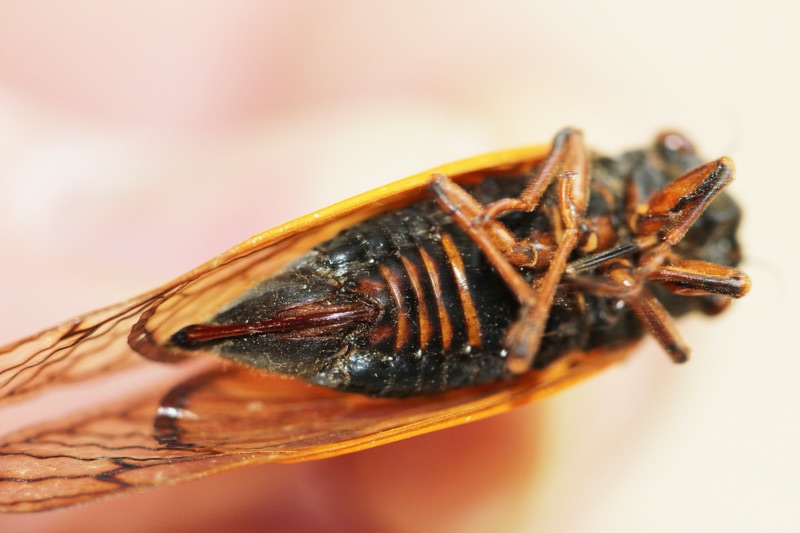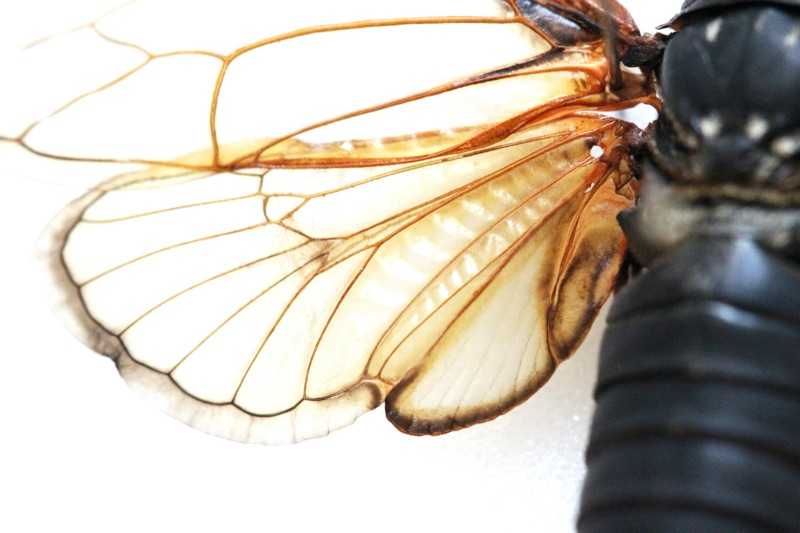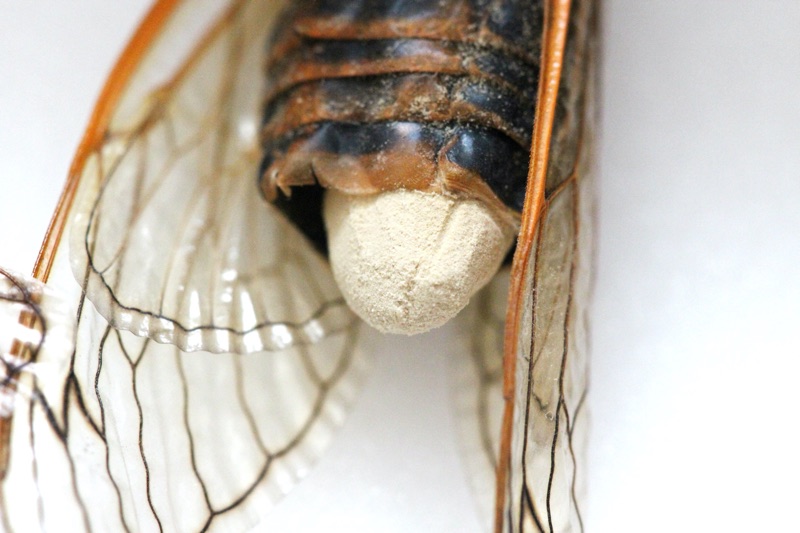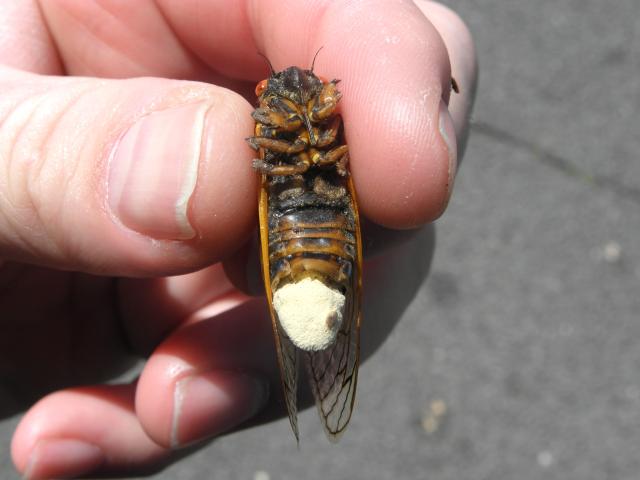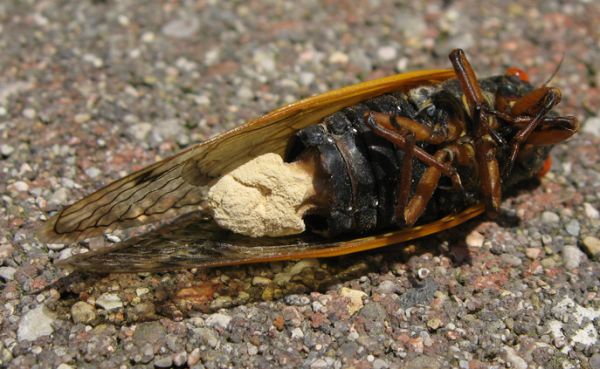Massospora cicadina is a fungus that infects Magicicada cicadas. They contract it when they are still in the soil, and then spread it during sex as adults. It contains amphetamine and it sends the cicadas into a mating frenzy. It makes males behave like female cicadas. It replaces their butt-ends with a white chalky fungal substance.
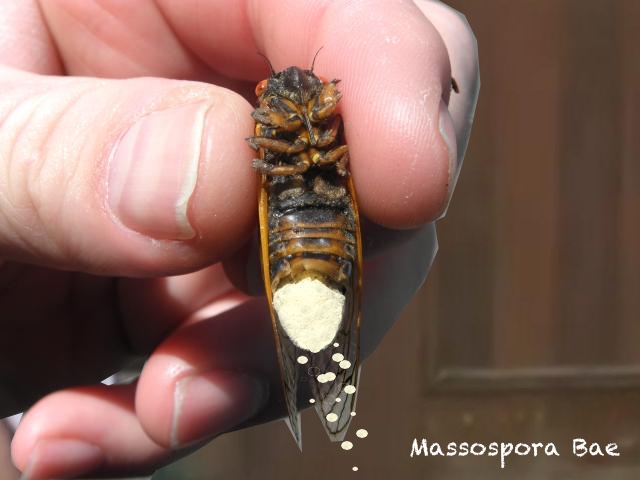
Matt Kasson, PhD, of West Virginia University wants you to share the fungus-infected cicadas with him.
If you post a photo of a Massospora-infected cicada on iNaturalist, tag him @mperfectfunguy.
If you post a photo of the same thing on Twitter, tag him @ImperfectFunGuy.
Got a sack of fungus-infected cicadas? He might want them.
Here’s the text from his post on Twitter/X:
‼️ ATTENTION ‼️ It’s #EarthDay2024 and we need your help finding / collecting Massospora-infected zombie cicadas for research so please share and RT! Illustration????by Molly Sherlock.
If you somehow missed it, trillions of cicadas are beginning their emergence across the Midwest and Southern U.S. This is a rare double emergence of both 13-year and 17-year cicadas, both of which are known hosts of the zombie cicada fungus, Massospora cicadina!
We are hoping to collect many infected cicadas as possible, especially infected 13-year cicadas as we only have three total specimens in our collection and none from Brood XIX.
The best way to help is to upload your observations in either
@inaturalist
or
@CicadaSafari
. You can also tag me in Massospoara cicadina iNat posts (
@imperfectfunguy
). DMs are also open here for inquiries about next steps.Receiving a heads up is as important as receiving actual specimens so no observation is insignificant.
Look for a chalky white fungal plug of M. cicadina emerging from the back of the abdomen on infected adults. Unlike many insect pathogens, Massospora does not kill its host so you will observe infected cicadas among a larger population of healthy cicadas.
He’s worth following on Twitter/X because it posts a lot of wild photos and illustrations like this.
More about Massospora:
- Discovery of psychoactive plant & mushroom alkaloids in ancient fungal cicada pathogens
- Cicada t-shirt of the day: Massospora Activated
- New paper: Massospora cicadina hijacks the sexual signals of periodical cicadas
- Which fungus attacks Magicicadas? Massospora cicadina
- Zombie Cicadas??!
Massospora papers:
- Psychoactive plant- and mushroom-associated alkaloids from two behavior modifying cicada pathogens. Matthew Kasson and a lot of other people.
- A specialized fungal parasite (Massospora cicadina) hijacks the sexual signals of periodical cicadas (Hemiptera: Cicadidae: Magicicada)John Cooley, David Marshall, Chris Simon
- Evolutionary relationships among Massospora spp. (Entomophthorales), obligate pathogens of cicadas

